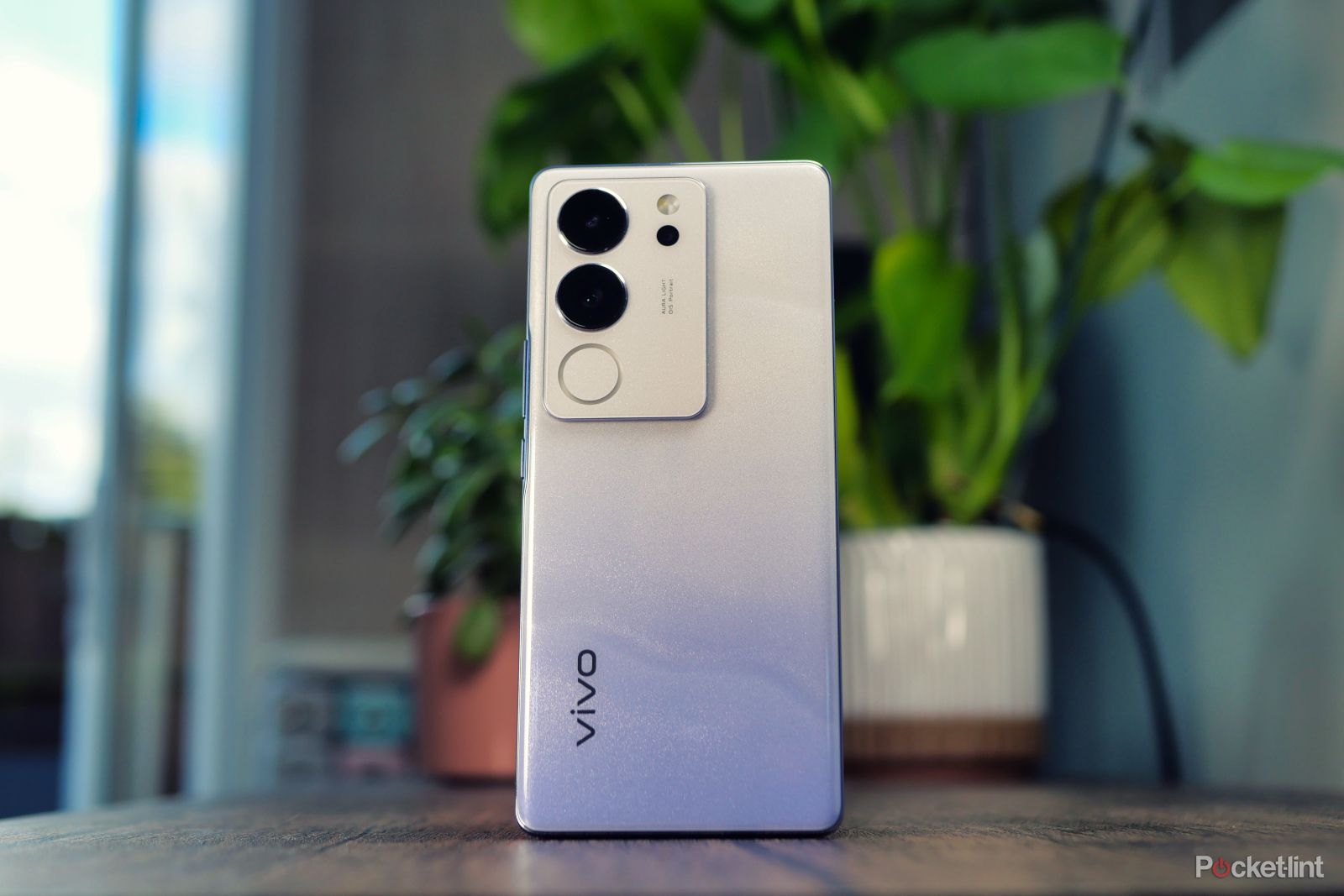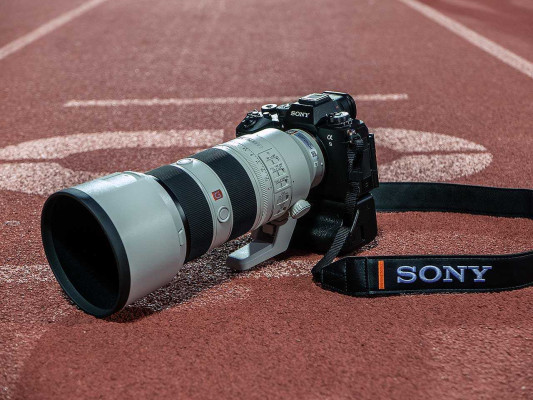Reviews

New: Best high-end cameras
DPReview Latest |
Updated Nov 13, 2023
Once you venture above $2500, you gain access to some extremely capable cameras. These are the models that deliver the highest levels of detail, some of the most sophisticated video features, high burst rates or a combination of all three.
For most applications, the cameras around $2000 are excellent, but if you and your photography need the very highest image quality or some specialist capability, the cameras in this guide are among the best we've yet seen. There are a handful of dedicated sports/photojournalism cameras or luxury models above the $4000 upper limit we've set ourselves, but these are usually such singular offerings that we're assuming you don't need our help in choosing, if you're seriously considering them.
It's notable that there's no such thing as a bad camera at this level, so if you have any investment at all in the lens system of one company (or plan to adapt DSLR-era lenses from them), this should probably be the deciding factor for you. But we'll highlight the particular strengths we found in each camera, just in case you are planning to switch systems.
Our recommendations:
- Best high-end camera: Nikon Z8
- The compact option: Sony a7C R
- A capable Canon: Canon EOS R5
- High-spec high res: Sony a7R V
- IQ above all else: Fujifilm GFX 50S II
- Best for video: Sony FX3
Best high-end camera: Nikon Z8
46MP Stacked CMOS sensor | 20fps Raw, 30fps full-size JPEG shooting | 8K/60 and 4K/120 video
 |
|
The Nikon Z8 delivers just about everything: speed, AF, video and, most importantly of all, image quality. Photo: Richard Butler |
Buy now:
What we like:
- Superb autofocus
- Fast shooting
- Excellent video
What we don't:
- Large, heavy body
- Relatively low-res (though fast) viewfinder
- Not all subject detection modes equally good
The Nikon Z8 is a fast-shooting stills and video-capable mirrorless camera with a 46MP Stacked CMOS sensor.
The compact option: Sony a7CR
61MP BSI CMOS sensor | 4K/60p video with 10-bit color | Dedicated ‘AI’ processor for AF system
 |
|
You can't do much to shrink the lenses, but the a7CR is both the smallest and least expensive camera here. Photo: Richard Butler |
Buy now:
What we like:
- Big camera features in a small body
- Outstanding AF performance
- Auto Framing video mode
What we don't:
- Small, low-res viewfinder
- No joystick control
- No fully mechanical shutter
The Sony a7CR is a compact, full-frame camera with a 61MP BSI CMOS sensor. Despite its small size, it packs in most of the features found in Sony’s larger bodies while still delivering stunning detail, without sacrificing much performance.
Read our Sony a7C R initial review
A capable Canon: Canon EOS R5
45MP full-frame sensor | Dual Pixel AF | Up to 8K full-width Raw video
 |
|
Canon's EOS R5 is a very capable all-rounder, despite being the oldest camera in this group Photo: Dan Bracaglia |
Buy now:
What we like:
- Impressive image quality
- Excellent ergonomics, usability
- Impressive AF with 100% coverage
- Internal HDR or 10-bit 4:2:2 video capture
- Great in-body stabilization
What we don't:
- Overheating looks to be a problem in video
- So-so battery life with EVF at 120 fps
- HDR stills options a bit buried, internal displays not HDR capable
The Canon EOS R5 is a versatile and capable full-frame mirrorless camera that can shoot 45 megapixel stills at up to 20 frames per second and capture 8K video.
The Canon EOS R5 offers great image quality and very solid AF but the arrival of the Nikon Z8 starts to show the weaker points in its spec: its 20fps mode uses electronic shutter which isn't especially fast to read out, risking rolling shutter. Likewise the video looks great but the HQ 4K mode, taken from 8K capture, and 8K itself can prompt the camera to overheat fairly readily, and it can't shoot either at 60p as the Nikon can.
Its high degree of backward compatibility is a major factor in its appeal, even if it's a little behind its rivals in some respects. If you have any significant committment to high-end Canon EF DSLR lenses, the EOS R5 will offer the most consistent performance with them.
See the Canon EOS R5 studio scene
High-spec high res: Sony a7R V
61MP BSI CMOS sensor | 8K/30p video | Subject recognition AF
 |
| Photo: Richard Butler |
Buy now:
What we like:
- Very detailed Raw files with excellent dynamic range
- Tilt/articulating display suits both photo and video
- Very reliable autofocus, especially for human subjects
What we don't:
- Pixel shift high res and focus stacking require desktop s/w
- Severe rolling shutter for e-shutter and many video modes
The Sony a7R V is the company's fifth-generation high-res full-frame mirrorless camera, built around a stabilized 61MP sensor.
The Sony a7R V is focused more on high resolution than the combination of resolution and speed that the Nikon Z8 (and, to a lesser extent, the Canon EOS R5) offers. It can shoot 8K video but only with a major crop and significant rolling shutter.
As a high-resolution studio or landscape camera, the a7R V is very, very good, but the existence of the a7CR, which offers much of the same capability in a smaller, less expensive body, is its biggest threat. It offers a much nicer viewfinder, faster USB connector for tethering, and better Wi-Fi than the a7CR, but except in the case of shooting wide apertures and fast shutter speeds together, there's no difference in image quality.
See the Sony a7RV studio scene
Should I still buy a Sony a7R IV?
The Sony a7R IV offers essentially the same image quality as the newer Mark V, and costs less, so is still worth taking seriously. It's a less capable video camera, not so much because of the lack of 8K capture – which isn't the Mark V's best feature, by any means - but due to the lack of 10-bit recording, which makes the V's footage much more flexible in the edit.
For stills shooters, the older camera doesn't have the more sophisticated subject recognition AF of the Mark V, nor options such as focus bracketing, motion correction to make the high-res mode more useful, or the latest 2x2 MIMO Wi-Fi and 10Gbps USB port of the V.
The a7R IV's fiercest competition comes from the Sony a7C R, though. It too lacks the a7R V's more effective image stabilization but in most other respects more than matches the IV in a more convenient package.
IQ above all else: Fujifilm GFX 50S II
51MP BSI-CMOS sensor | In-body stabilization system (up to 6.5EV) | Full HD video at up to 30p
 |
| Photo: Richard Butler |
Buy now:
What we like:
- The most affordable medium-format ILC yet
- Photographer-friendly ergonomics, with lots of customization
- Effective in-body stabilization
What we don't:
- Contrast-detect AF is slower than its peers
- Image quality not signficantly better than the best full-frame
- Eye-detection AF isn't as dependable as rival systems
- Unimpressive video specifications (HD only)
The Fujifilm GFX 50S II is a (relatively) compact 50MP medium format mirrorless interchangeable lens camera with built-in image stabilization.
The GFX 50S II is perhaps the most specialized here: it's not especially fast or versatile but in terms of image quality, it has a slight edge over the best of its full-frame rivals (some of which comes from its lenses - the GF primes often being particularly good). The more expensive 100MP versions offer a more significant IQ advantage, but for landscape and studio work, the 50S II is still very good.
Read our Fujifilm GFX 50S II review
See the Fujifilm GFX 50S II studio scene
Best for video: Sony FX3
12MP full-frame BSI CMOS sensor | Full-width 4K/60p, 120p w/ slight crop | 10-bit 4:2:2 capture
 |
Buy now:
What we like:
- Excellent video quality
- XLR top-handle included
- Fan for extended recording
What we don't:
- No DCI video options
- No viewfinder for stills shooters
- No shutter angle option
The Sony FX3 is part of Sony's Cinema line of cameras, but we've included it here because it shares so much in common with the a7S III, but is a better choice, we feel.
It loses out on a viewfinder, compared to the a7S III, but gains dependability and extended recording times thanks to the addition of a cooling fan. It appears to cost a little more on paper but the FX3 comes with a top handle with built-in XLR adapters, which is an expensive add-on to the a7S III. Sony has also added some video-centric features, such as EI exposure to the FX3 that haven't then appeared on its more stills-focused cameras.
It's worth being aware that Canon also makes a video-focused version of the EOS R5. The EOS R5C gains a fan but omits an image stabilization mechanism. Its price takes it beyond the scope of this guide but we prefer the more compact form-factor of the Sony, anyway, especially if you plan to shoot on a gimbal.
Why you should trust us
This buying guide is based on cameras used and tested by DPReview's editorial team. We don't select a camera until we've used it enough to be confident in recommending it, usually after our extensive review process. The selections are purely a reflection of which cameras we believe to be best: there are no financial incentives for us to select one model or brand over another.















































